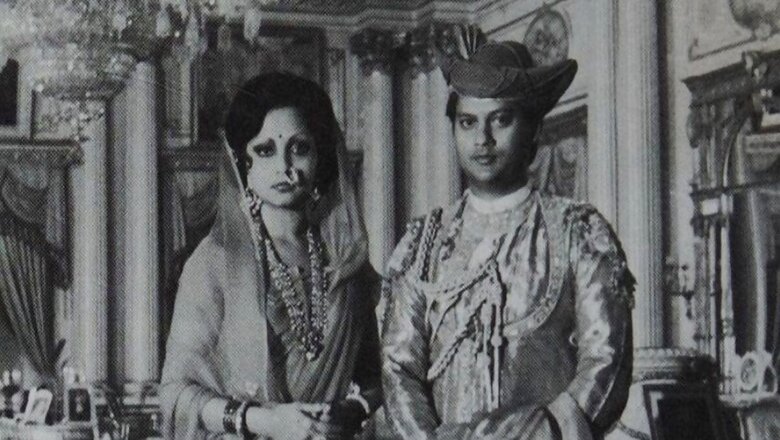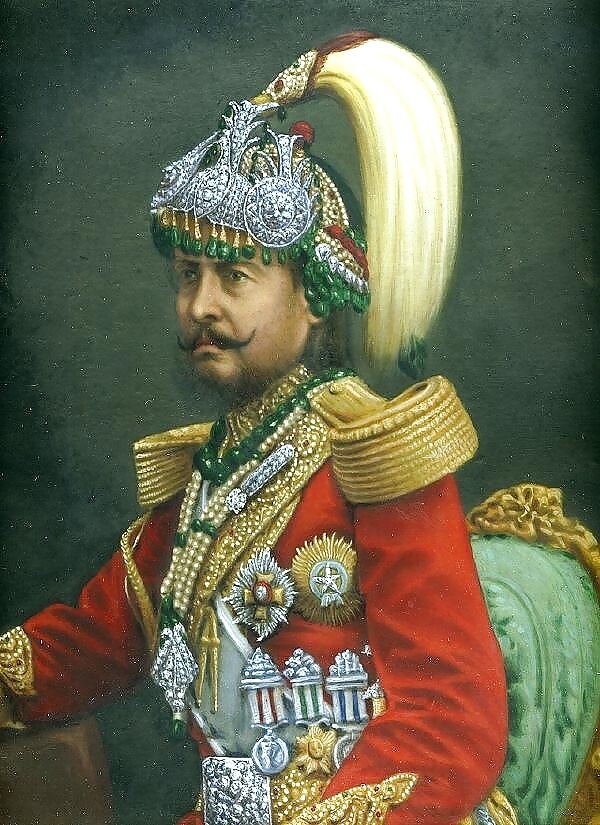
views
The fact that titular Rajmata of Gwalior and mother of Union Minister Jyotiraditya M. Scindia, Rajmata Madhavi Raje Scindia, who was unwell for the past three months, has left for her heavenly abode, has caused profound sadness to the entire Scindia family and their well-wishers. This article is a tribute to her for successfully taking forward the legacy of the Scindia rajmatas of the past during her lifetime. She served as a living bridge between two South Asian nation-states, India and Nepal, and two different communities, Marathas and Rajputs.
Nepalese Ancestry
Born as the daughter of General Yuvraj Shamsher Jang Bahadur Rana and Rani Indira Rajya Lakshmi Kumari, she was named Kiran Rajya Lakshmi Kumari Devi by her parents. Ranas claim descent from the Rajput rulers of Mewar. Madhavi Raje Scindia’s ancestor H.H. Maharaja Sir Jang Bahadur Kunwar Rana, Prime Minister and Commander-in-Chief of Nepal (1817–1877), got the lal mohar (red sealed document) of May 15, 1848, given by then King Surendra Bikram Shah of Nepal, officially authorising Jang’s family to style themselves ‘Kunwar Ranaji’ and asserting their descent from the Rajput rulers of Mewar, whom the Shah dynasty also claimed as their ancestors.

According to Satish Kumar, in his book ‘Rana Polity in Nepal: Origin and Growth,’ published by Asia Publishing House, “The maharaja prime minister was a peculiar institution of the Rana political system. It combined the functions of a prime minister and those of a king, having full sovereignty over a part of Nepal and, in a sense, sharing with the king the sovereignty over the rest of Nepal. The person who became the prime minister inherited the maharajaship too. This convention continued throughout the Rana period.”
Scindia Legacy
The Maratha Scindia dynasty has given several Bravehearts, like Dattajirao and Jankojirao, who made supreme sacrifices for their motherland when the need arose. The battlefield of Panipat in Haryana stands witness to the unalloyed nationalism and adamantine will of the Scindias to resist foreign aggression on Indian soil. Several ruthless Afghan invaders were dazzled by the lustre of the Scindias’ swords and unnerved by their valour.
The cenotaphs of Scindia warriors in Kanherkhed in Maharashtra extol the valour of those Bravehearts who instilled fear in the hearts of invading Afghans. There have been several Scindia maharanis of Rajput and some of the Nepalese ancestries; in fact, Mahadji Scindia, also known as ‘The Great Maratha’, who went on to conquer Delhi, was the son of a Maratha father, Ranojirao Scindia, and a Rajput mother, Chimabai.
Rajmata of Gwalior, Vijaya Raje Scindia, was trying to find a suitable bride for her son, young Maratha Maharaja of Gwalior, Madhavrao Scindia, and got to know from Prabhat Shamsher Rana about Kiran, a Rajput girl from the Rana family. In August 1965, Indira Devi Rana and her daughter Kiran came to Delhi in order to find out if Kiran could be married to Madhavrao. They met him at the Ashoka Hotel in Delhi. He liked her and told her mother, “Amma, I like her, and I’m going to marry her.” On May 9, 1966, Kiran Rajya Lakshmi Kumari Devi was married to Scindia at 37 Rajpur Road in the Civil Lines area of old Delhi.
Marriage
It was in March 1966 that Kiran’s family arrived in Delhi, where they stayed at the Claridges Hotel. Later, a week before the wedding, they moved into a guesthouse very close to the Scindias on Rajpur Road. The celebrations were to last for nineteen days. Indira Gandhi and Dr Sarvepalli Radhakrishnan were present to bless the newlywed couple, and upon marriage, the bride was given a new name – Madhavi Raje Scindia – according to Maratha custom. Sardar Mahadik, who was part of the wedding, remembers how ‘Maharaj went around asking each one of us if we needed anything and if we were being properly looked after’.
After the marriage, the couple went to the Gorkhi Devghar in Gwalior astride an elephant to do puja. Later, the couple also lived together in Oxford. They had two children – Chitraganda Raje Scindia (she married Vikramaditya Singh, son of Maharaja Karan Singh of Jammu and Kashmir) and Jyotiraditya M. Scindia (he married Priyadarshini Raje Gaekwad, daughter of Maharajkumar Sangramsinh Pratapsinhrao Gaekwad of Baroda).
Life
After marriage, thanks to Madhavi Raje Scindia, Maratha and Nepalese culture and food found patronage in Gwalior, strengthening the cultural bond between India and Nepal. She was deeply involved in philanthropy and social work as the chairperson of more than 20 charitable trusts that provide assistance in education and medical care. She was also the President of the Board of Governors of the Scindia Kanya Vidyalaya, a prominent Indian residential school for girls. She organised the building of two chhattris, one for Maharani Vijaya Raje Scindia and one for her husband, Madhavrao Scindia II.
She was also the guiding light for the Maharaja Madhavrao Scindia II Gallery, at the Jai Vilas Museum, in memory of her late husband. Her demise is indeed a big loss to the Scindia family. May the departed soul rest in peace.
The author is Historian and Head, Scindia Research Centre, Scindia Palace Gwalior. Views expressed in the above piece are personal and solely that of the author. They do not necessarily reflect News18’s views.
















Comments
0 comment